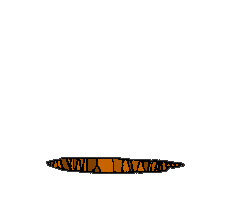


An ink bottle was made of glass and typically
sat on a desk. The writer would dip the pen (or quill) into the
bottle to put more ink on the pen.
Because they set on a desk, ink bottles were often decorative.
Ink wells (as opposed to "ink bottles") were typically metal with
a glass insert, often ornate, and sat on a desk.
The larger master ink (pint or quart size) was used to store ink and
refill the smaller ink wells.
Ink bottles were shaped so they were hard to tip over.
Inks come in many different shapes:

The "T & M" bottle classified as an ink in Covill's Ink book has since been discovered to contain a product called "Bear Grease Pomade"�that was put out by a firm called Taylor and Moore. This info provided by Emmett Baker, Email: inkwells@webtv.net who is a long time ink collector and was a friend of the late William Covill.
A sander was used before blotting paper was invented. The old paper didn't absorb ink rapidly and the dip pens often left much ink, so to dry the ink and keep it from smearing, a fine sand was sprinkled on the ink. After absorbing and drying the ink, it was poured back in the sander to be used again. That is why sanders have a bowl like top. Click here to view a sander bowl owned by Ed & Lucy Faulkner.